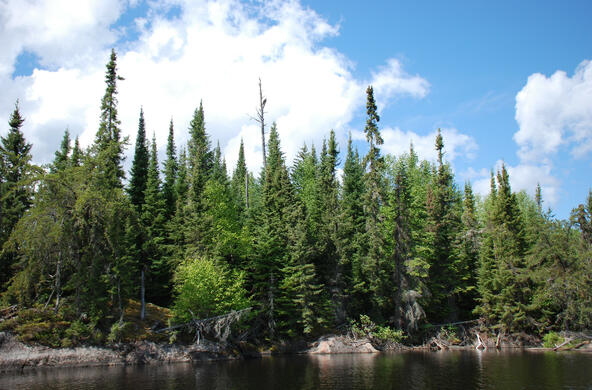The trees that make up a forest influence its ability to retain carbon and nitrogen, nutrients of concern to ecologists because they impact forest productivity and water quality. Cary Institute Post-doctoral Associate Dr. Colin Fuss is investigating nutrient dynamics at the Hubbard Brook Experimental Forest in New Hampshire using greenhouse-reared saplings.
Fuss explains, “By labeling sugar maple saplings with isotopes that are rare in nature, we can trace how the carbon and nitrogen in their fallen leaves moves through the forest's soils. This provides a window into the amount of carbon and nitrogen stored in soils and the potential for controlling nutrient pollution in nearby lakes and streams.”
While nitrogen-15 can be applied like fertilizer to potted saplings, carbon-13 is an expensive gas best-suited to greenhouse application. In an enclosed setting, it is absorbed by leaves during photosynthesis.
Sugar maple leaves grown in Millbrook were transported to experimental plots in New Hampshire this fall. To learn more about nutrient studies at Hubbard Brook visit: www.hubbardbrook.org.





